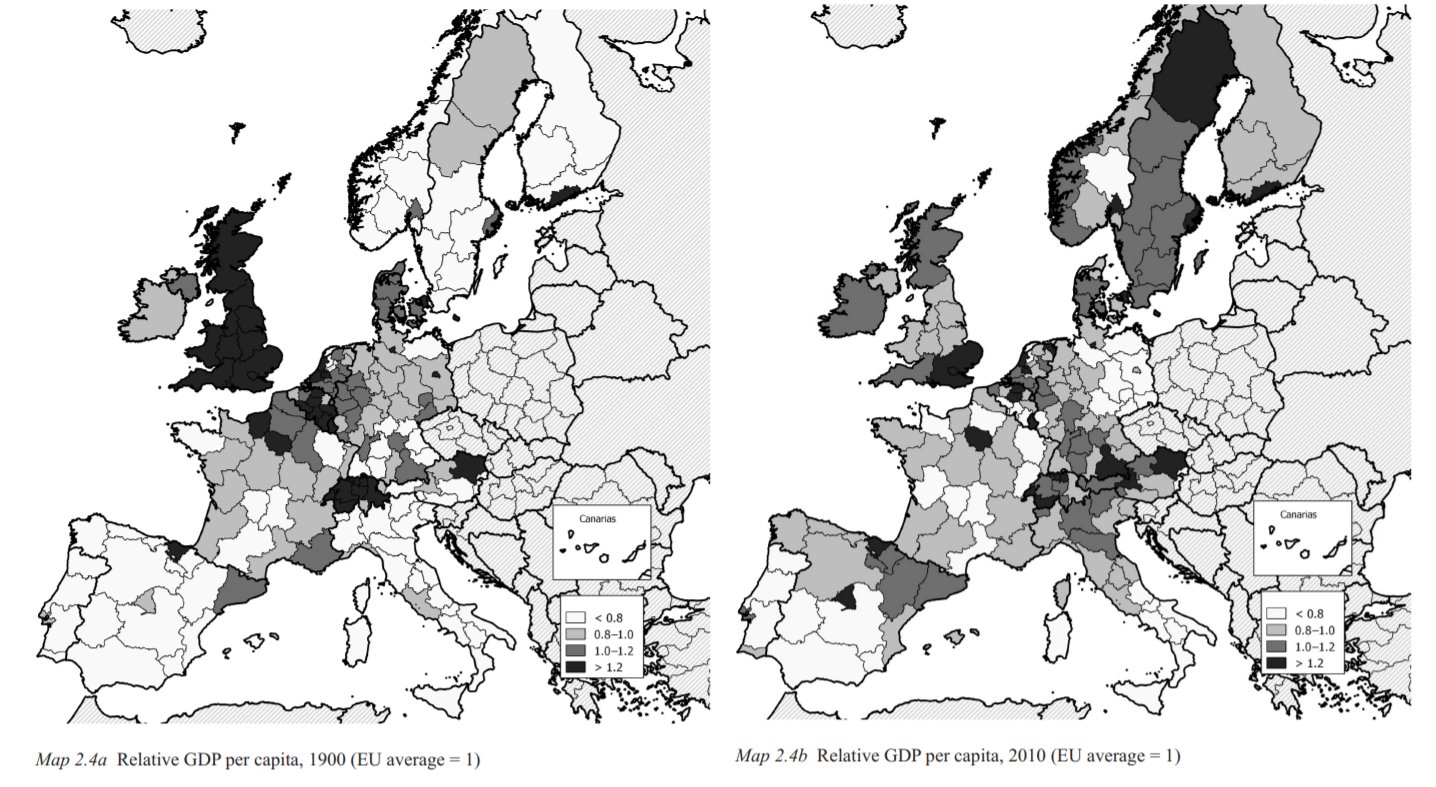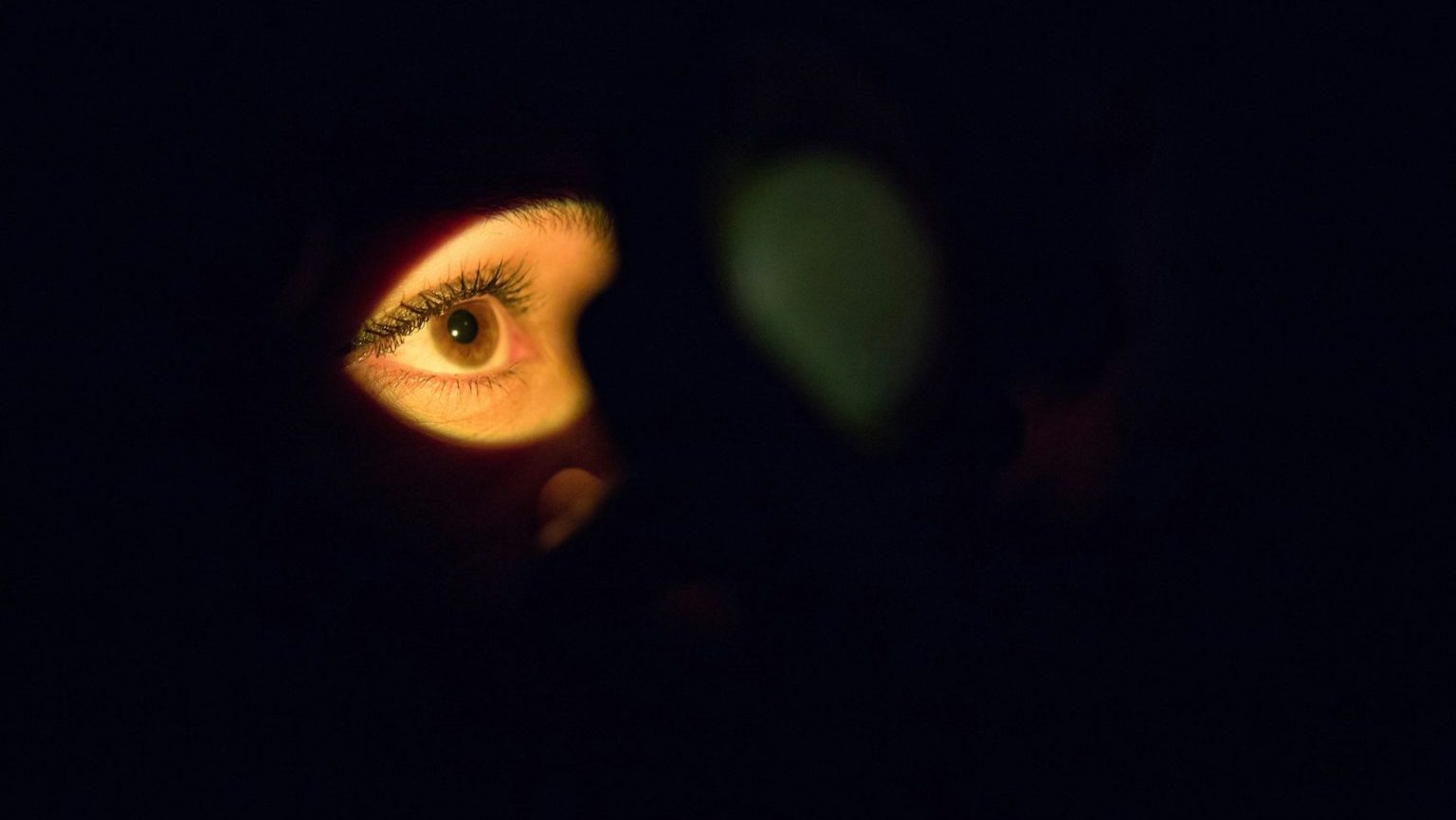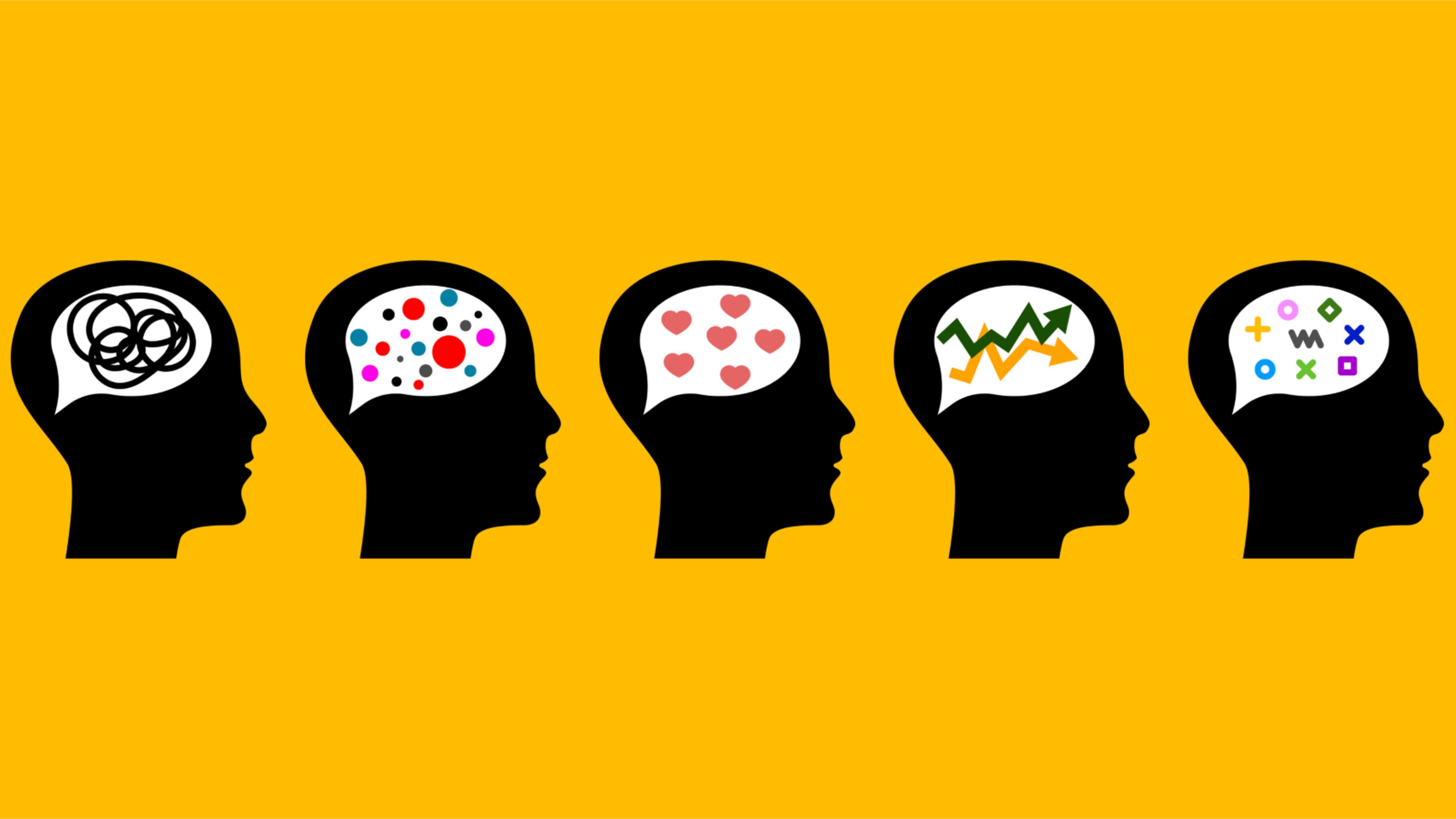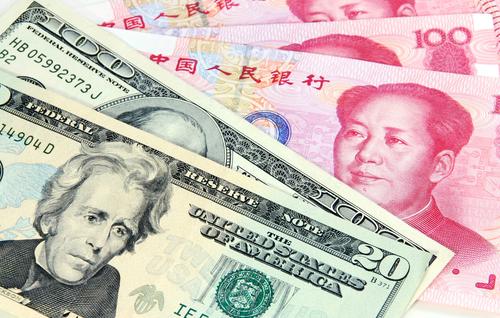Why Is the 2012 Whitney Biennial the Best AND Worst Ever?

There are few American art festivals bigger than the Whitney Biennial, which has run as either an annual or biennial since 1932. Where art fairs such as Art Basel Miami Beach can have a “Wild, Wild West” feel, a museum-based gathering such as the Whitney Biennial carries a kind of gravitas by comparison. According to one nationally renowned art critic, this year’s edition of the Whitney Biennial ranks among the best ever in terms of the art presentation. Ask a coalition of artists protesting the event, however, and you’ll hear a different argument, based mainly on non-artistic reasons, for why this Whitney’s the worst ever. Is it possible that the 2012 Whitney Biennial is both the best and the worst ever?
I haven’t seen the biennial in person, but The New Yorker’s Peter Schjeldahl has. In his review in the magazine’s March 12th issue, Schjeldahl concludes that this biennial “for [him], is decidedly among the best ever.” “This Biennial emphasizes not the what and the how of recent art,” he writes, “but the why,” which separates it from what he sees as the worst of the Whitneys, which prioritized identity politics and other poorly veiled agendas over the artwork itself. In addition to the standard genres of sculpture, painting, installations, and photography, the 2012 Whitney Biennial features dance, theater, music, and film, making for a lively show that has something for everyone. For Schjeldahl, this is “a show whose sociability cuts through the recent artworld miasmas of commercial marketing and conceptualist spectacle (Damien Hirst, Maurizio Cattelan) to qualities of real life being lived.” The artists that Schjeldahl singles out in his review (Forrest Bess, Nicole Eisenman, Nick Mauss, and Eyre de Lanux) all share a common element of the “personal… [an] unusual Biennial qualifier,” that adds to the realism. Perhaps the search for that personal touch is why there are only 51 artists in the exhibition.
Beyond those 51 artists, however, there is discontent in the art community over not the artwork of the 2012 Whitney Biennial but over the financial backing of the event and, more specifically, the history of those backers. A group calling itself simply “Unknown Artists” has issued a video asking the participating artists to reconsider their involvement in this year’s Biennial based on the financial backers, specifically Deutsche Bank and Sotheby’s. “This is the Whitney Museum of American Art,” the group pleads. “It is supposed to be an autonomous institution, free from economic and political interests.” (You can read the complete transcript of the video here.) By lending the Biennial their talents, artists provide the “cultural capital,” the group contends, to “legitimate” the Whitney as a “relevant” rather than musty, irrelevant museum. In exchange, the museum “consecrates” participating artists and boosts their careers. A silent, third party in the deal is the sponsors, as the Whitney simultaneously “whitewashes” their economic sins.
Deutsche Bank draws the group’s ire for being “the fourth-largest issuer of toxic subprime mortgage securities in the United States” while “largely avoid[ing] a federal investigation due to its ties to the SEC.” Sotheby’s makes the list for their anti-unionizing efforts despite record profits. Specifically, Sotheby’s “locked out their unionized art handlers in an attempt to take away their pension plans and cut worker’s hours, effectively decreasing wages by 10%.” In effect, the group argues, the Whitney’s acceptance of these group’s money for the Biennial amounts to money laundering. By extension, artists who participate in the Biennial become accomplices to the crime.
These “Unknown Artists” clearly take their cue from the Occupy Wall Street movement. As an homage to the OWS’s adoption of the Guy Fawkes mask, these artists have borrowed Marcel Duchamp’s L.H.O.O.Q., his Mona Lisawith a beard and mustache, as the face of their video (a still from the video is shown above). “We are the Unknown Artists,” the video ends in an angry rant that belies the calm of the computerized voice used. “We expose economic interests. We increase transparency. We aim for the distribution of wealth and information. We will not be censored. We will not be stopped. F**K AUTHORSHIP, FIX THE SYSTEM!” That anger contrasts sharply with the tone of the Biennial itself, which even Schjeldahl in his praise describes as “unprepossessingly mild” in its lack of “aesthetic ravishment.” Is this Whitney Biennial the “best” for being the mild comfort food of modern art? Or does serving up cultural mashed potatoes for the masses make it the worst in terms of poorly serving the public while perfectly serving the moneyed interests behind the show? As public money to support cultural institutions continues to be tight, museums can easily let their standards slip when it comes to accepting money from willing donors. The 2012 Whitney Biennial may be the first battleground of this issue, but it certainly won’t be the last.





